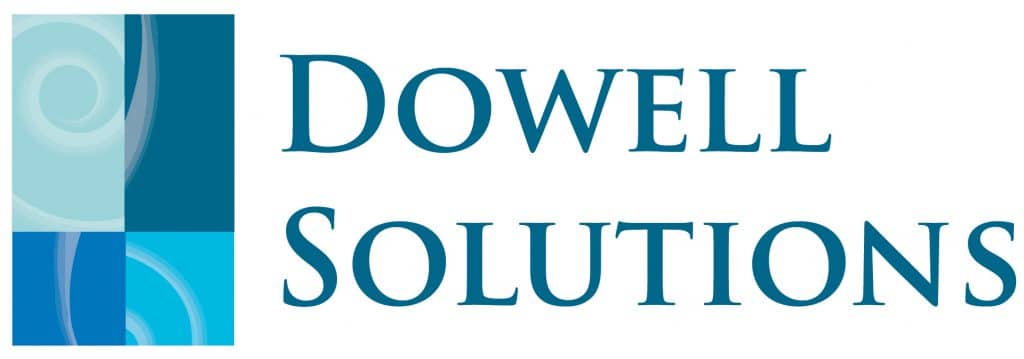Moving your Work Health and Safety (WHS) Committee from non-functional to highly functional and effective can be a dream come true to some employers. To others, it is a way to ensure they meet their legislative requirements and complete tasks that ensure proactive risk management is continually occurring. By having and allowing others to perform hazard identification, risk assessments and incident investigation. It can reduce the pressure on front line managers/supervisors and WHS Officer.
Following are some ideas on how to further develop your WHS committee into a functional and effective group.
1. Train your WHS Committee.
Start with the Health and Safety Representative (HSR) training, and then further develop them in hazard identification, risk assessment, incident investigation. Therefore providing others in the organisation that can be utilised to carry out these tasks to support others or when the need arises.
2. Give the Committee the tools they need.
Provide them with copies or access to the current WHS legislation; any relevant Codes of Practice; Australian Standards; Industry Standards and the organisations’ policies that may be relevant.
3. Develop a WHS Committee Constitution and/or a Team Charter.
Provide them with resources to work through a constitution or team charter that is clear about their roles and responsibilities on the committee and how they will consult with others, make decisions, work together and function as a WHS Committee.
4. Involve the Committee.
With safety activities such as the development of the annual safety plan; workplace inspections; risk assessments; incident investigation where appropriate; hazard identification and safe work method statements.
5. Have the Committee assist with WHS systems audits.
Allowing the committee to be involved when your WHS systems are being audited can be a valuable exercise, even if they escort the auditor around the site, or carry out the onsite induction. You will be surprised by the knowledge they will absorb from listening to a WHS systems auditor for a day.
6. Utilise the Committee in WHS Policy development and review.
Utilise the WHS Committee as your vehicle to consult to the rest of the organisation on WHS policy and procedure development, review and improvement. This will help you meet your consultation obligation from the WHS legislation.
7. Include the Committee when making decisions.
On items such as what safety training or safety video should be shown to staff, trials on new safety products or which personal protection equipment (PPE) should be used.
8. Consider providing an annual budget.
It could be as little at $1,000 or as large as $10,000, allowing the committee to make a decision and carry out the planning on what issues or areas the funds are to be spent on. This will provide some ownership and accountability to your WHS Committee. Plus it will provide the Committee with some understanding of what management goes through when deciding where to spend funds to reduce risk.
9. Provide team bonding opportunities.
This could be as small as holding a quick 15-minute meeting to cover off attendance and reports. Then heading out onsite to participate in a workplace inspection together to identify hazards and complete risk assessments as a team. Having a WHS Committee over an afternoon tea, coffee or even providing lunch or a cake can create a productive environment. Some large organisations send their WHS committees to legislation updates and workshops and others to annual safety shows. The gains from these are always positive and educational for the WHS committee and the employers.
10. Encourage and reward your WHS Committee.
Remember to thank your WHS Committee for their contributions, not only is this common courtesy it will go a long way towards building a strong relationship with them. Rewarding your committee when there is genuine achievement is also important, just as you would reward other staff for achievements. The reward could be a morning tea; providing lunch at their next meeting; an acknowledgment in your newsletter or the local newspaper; the ability to participate in extra training, etc. Whatever reward you choose, it does not need to be monetary.
***
The more of these ideas and concepts you instil over time, the more it will increase the functionality and the effectiveness of your WHS Committee. Not only will these make a positive change for the people involved, but it will also assist you in meeting some of your legislative obligations and requirements which in turn assist in providing a safer workplace for your employees.
